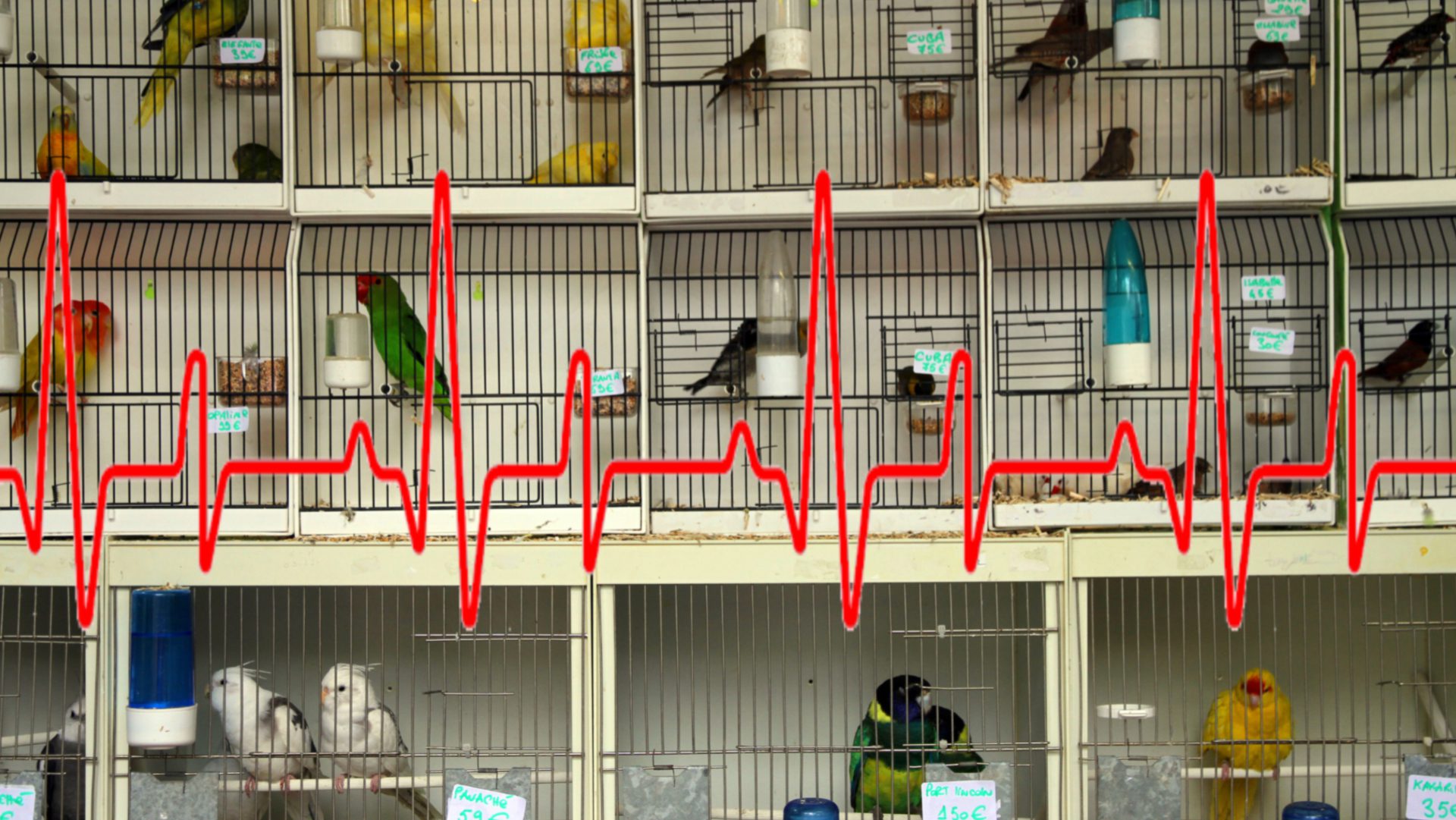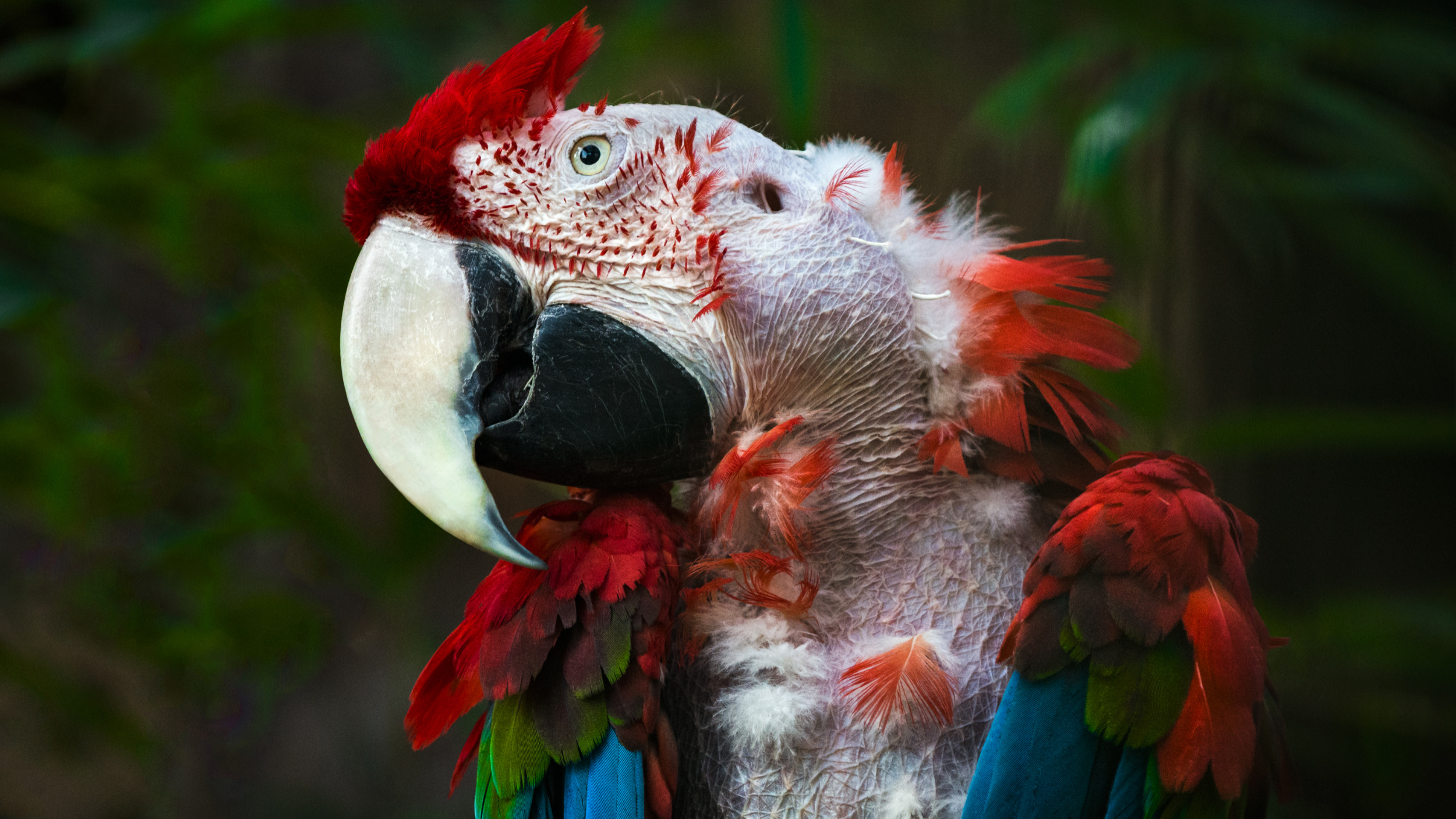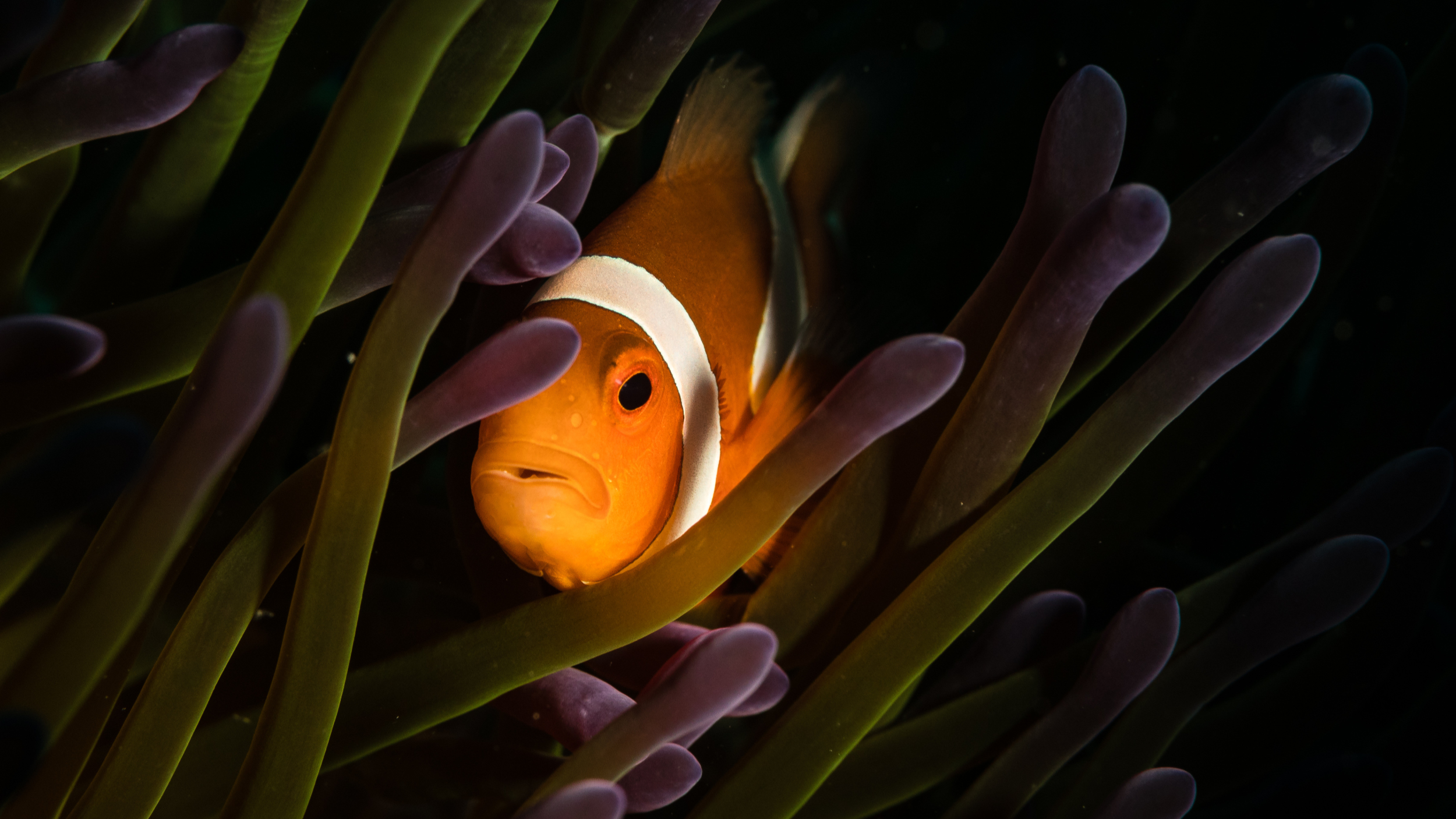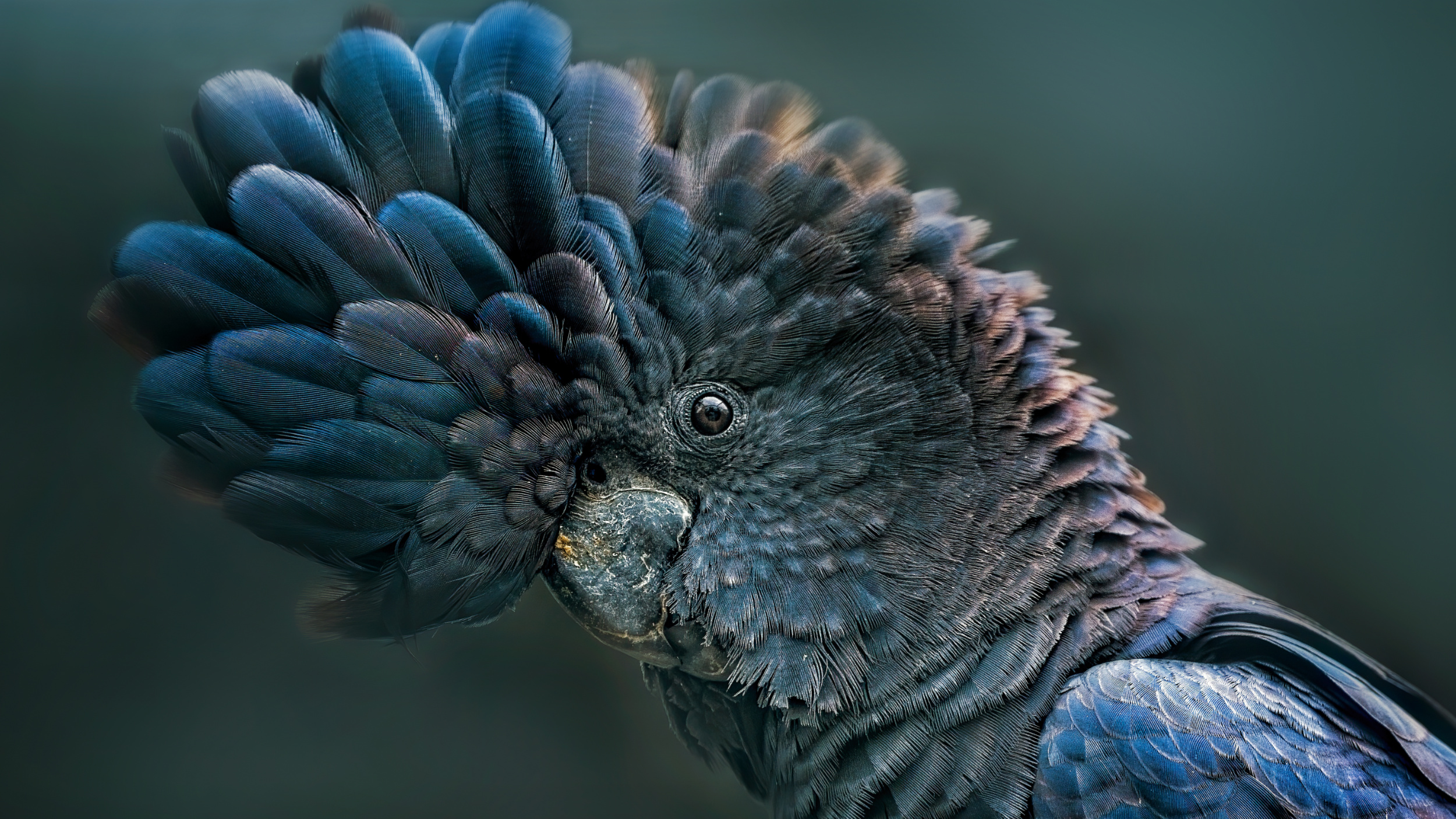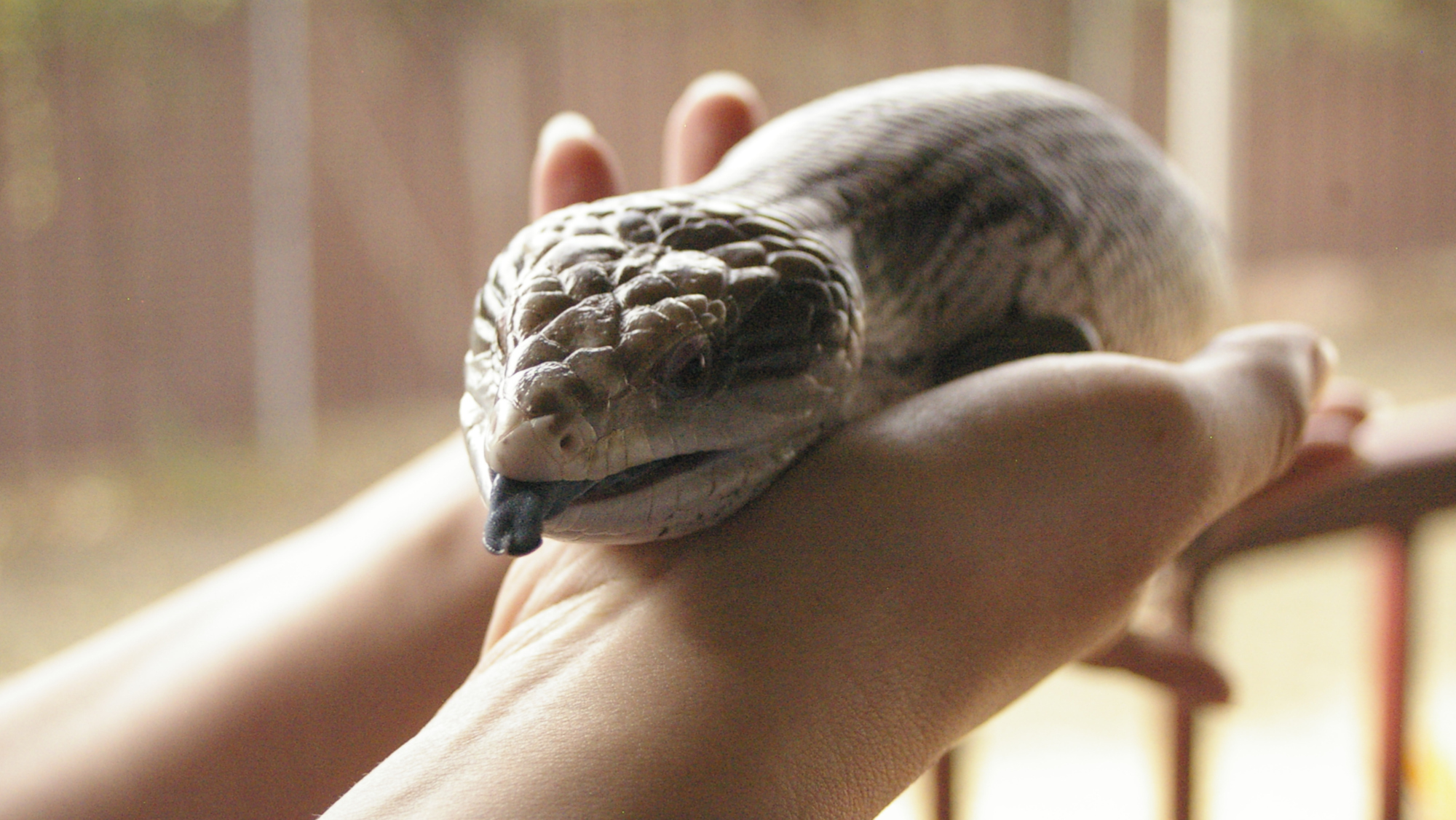CITES In Critical Condition: It’s Time For A Morbidity & Mortality Review
In the years I have been researching the live trade in wild species, with a particular focus on the species listed by the CITES convention, what constantly amazes me is how obviously the system is flawed and yet how little action or apparent interest there is in seeing this improved. Our most important treaty governing trade in wild species is neglected to the point it is rendered unfit for purpose. Over this time, I have read numerous accounts of high mortality rates in supply chains, welfare issues that must cause unimaginable levels of stress and suffering, spread of disease to other animals and humans as well as potential biosecurity risks. There is no doubt that the legal trade [...]

